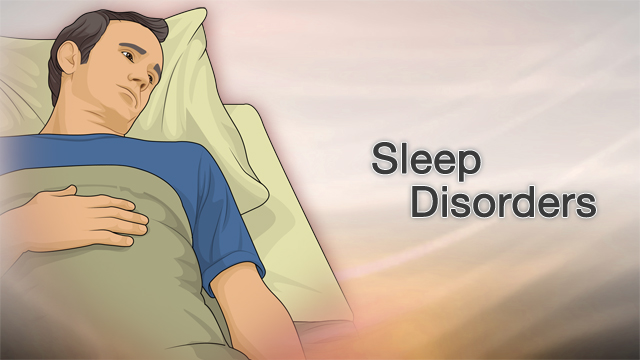We all need sound sleep for ideal emotional and physical well being, nevertheless occasionally our bodies don’t work. About 50-70 million grown ups experience one or more sleep disorders which impair their working, feeling and all round standard of living. Sleep disorders may be minor or extreme, and the good thing is that a lot of can be handled with well-timed analysis and therapy. In this blog post, we shall investigate the most typical varieties of sleep disorders, their signs and symptoms, and the best way to address them effectively.
1. Sleeping disorders
This is actually the mostly skilled Exploding Head Syndrome, characterized by issues sliding or keeping yourself in bed. Sleeping disorders signs and symptoms can carry on for weeks or several weeks and may even entail day time fatigue, becoming easily irritated, and trouble focusing. Insomnia may be due to pressure, anxiousness, change function, drugs, or primary medical conditions. Behaviour modifications, for example creating a consistent sleep program, steering clear of caffeine and alcohol, and calming before going to bed, will help manage sleeplessness. Prescription drugs, for example sedatives and hypnotics, can also be approved to advertise sleep.
2. Sleep Apnea
Sleep apnea is a disorder that disturbs breathing during sleep as a result of narrowed or impeded breathing passages. The most common kind is obstructive sleep apnea, plus it affects about 25Percent of grown ups. Signs and symptoms of sleep apnea involve noisy heavy snoring, gasping, and choking sounds while sleeping, daytime sleepiness, mood swings, and lowered sexual interest. Risk factors for sleep apnea consist of excessive weight, high blood pressure, nasal blockage, and smoking. Treatment methods for sleep apnea involve weight loss, employing a steady beneficial air passage strain (CPAP) equipment, changes in lifestyle, and sometimes surgical treatment.
3. Narcolepsy
Narcolepsy is a exceptional neurological ailment that causes too much daytime sleepiness, unexpected episodes of going to sleep, and loss in muscle tissue control. Signs of narcolepsy will start in youth or teenage years, and will lead to societal and occupational impairments if neglected. The precise reason for narcolepsy is not known, yet it is thought to be linked to abnormalities in hypothalamus neurons that normalize sleep and wakefulness. Treatment options for narcolepsy involve drugs, like stimulating elements and antidepressants, and changes in lifestyle to further improve sleep health and trigger avoidance.
4. Unsettled Lower leg Syndrome
Stressed Lower-leg Syndrome (RLS) the type of neurologic problem that causes an desire to go one’s thighs to relieve not comfortable feelings like cramping pains, tingling, and itchiness. This issue can affect sleep top quality, causing sleep problems and day time fatigue. The actual reason behind RLS is not clear, but it may be related to metal shortage, nerve damage, or a number of drugs. Low-pharmacologic treatment options, including lower-leg massages, popular baths, and frequent exercise, will help reduce RLS signs. Medications, such as dopamine agonists and opioids, can also be suggested to deal with moderate to severe RLS symptoms.
5. Transfer Job Sleep Disorder
Move Operate Sleep Disorder (SWSD) the type of sleep condition that impacts people who work non-conventional time, like night time shifts, revolving changes, or prolonged changes. SWSD can affect the body’s organic sleep-wake cycle, resulting in sleeping disorders, exhaustion, and decreased alertness. SWSD may also greatly increase the chance for mishaps, errors, and health problems like obesity, diabetic issues, and cardiovascular disease. Behavioral treatments, including implementing a consistent sleep plan, avoiding caffeine intake and stimulating elements, and making an ideal sleep atmosphere, can help handle SWSD. Prescription drugs, for example melatonin plans and wake-marketing brokers, could also be used to regulate sleep designs.
To put it briefly:
Sleep is vital for our physical and emotional wellness, as well as disruptions to our sleep might have substantial outcomes on our overall health and contentment. Sleep disorders certainly are a typical type of sleep disturbances, and sometimes go undiagnosed and with no treatment. Symptoms of sleep disorders may range from minor to severe, and early on diagnosis and suitable interventions can lead to better wellness outcomes. It is very important to acknowledge the warning signs of sleep disorders and look for assistance from a doctor to handle them successfully. By understanding the several types of sleep disorders and their symptoms, we can take steps towards a better quality of life and soothing sleep.

